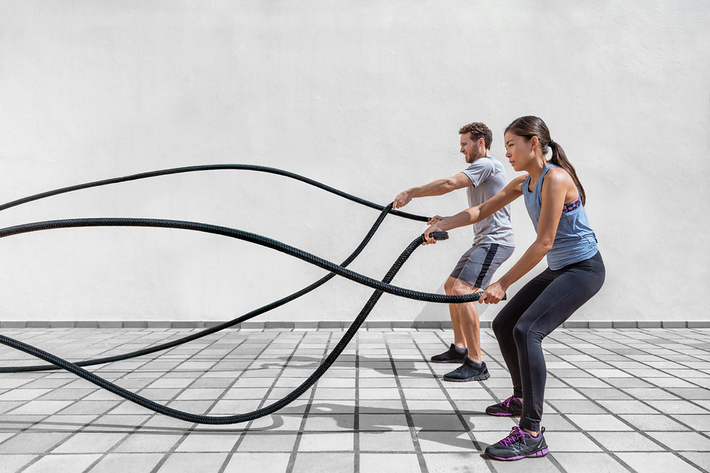Owning a fitness business involves making many logistical, mission-critical decisions. From the location of your facility to whether you’re going to specialize in a specific healthcare niche, informed decision-making can impact the success of your business for years to come. At the top of the list for many fitness owners and managers? Choosing the right gym equipment.
If you’re wondering where to start, we’ve got you covered. Read on for a roundup of five things to consider when selecting equipment for your fitness business.
1. Price
Fitness equipment pricing spans a wide range. While less expensive equipment may be more appealing to your bottom line, more expensive equipment may be a better investment if it’s more enduring. This isn’t to say that more expensive equipment is automatically better than cheaper equipment; due diligence can help you determine which brands and pieces of equipment offer the best bang for your buck. Choosing equipment which meets your budgetary constraints without sacrificing durability or reliability is paramount.
2. Financing
On a related note, the option to lease or buy is also on the table when it comes to gym equipment for your fitness center. There are pros and cons to each. While the former will save you money on upfront costs while also allowing you to keep up with the latest equipment, owning your fitness business equipment may be a wiser financial move over the long run.
3. Maintenance and Warranty Coverage
Whether you’re financing your gym equipment or buying it outright, many manufacturers offer maintenance with service technicians, warranties, and parts replacement. As this can save you both in terms of direct and indirect expenses, understanding what coverage is included with the equipment you’re buying is invaluable to your bottom line.
4. Space
The quantity and type of fitness equipment you purchase for your healthcare center is directly informed by your space. According to an IHRSA Health Equipment Benchmarking Report, most gyms designate 60 percent of their floor space to cardio and strength training equipment while the remaining 40 percent is allocated for other areas, including personal training space, locker rooms, concessions, and more.
The takeaway? You may be working with less space than you think. And while a crowded space is uncomfortable for members, a sparse space may be insufficient to meet member demand. Finding the balance is key to maximizing your space…and member satisfaction. Using the approximate dimensions of your gym to create a floor plan can help you visualize the different ways to set up your gym.

5. Equipment Mix
According to IHRSA, most fitness-only gyms split up their space as follows: strength training equipment (47 percent); cardio machines (33 percent) and group exercise (20 percent). Keep in mind that this is just a guideline. Depending on the type of gym and the clients you serve, these numbers may significantly vary. For example, if your gym’s primary focus is on group classes, you may invest more in this area.
One last thing to keep in mind? Your equipment needs are dynamic. As new developments occur and as trends come and go within the fitness industry, enhancing and evolving your fitness equipment offerings can help with member retention and recruitment.
As with most things, there’s no clear-cut right or wrong when it comes to choosing fitness equipment for your gym. However, by understanding your unique needs — as well as the unique needs of the members you serve — you can make the best gym equipment purchasing decisions. Another vital equipment-related purchase in today’s fast-moving fitness business environment? Fitness monitoring technology. To learn more about how the Accurofit System can help you with your membership goals, request a demo today.
{{cta(‘9e254119-5f4d-4c34-a1d3-9a48d1fd511e’)}}